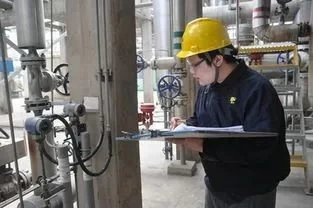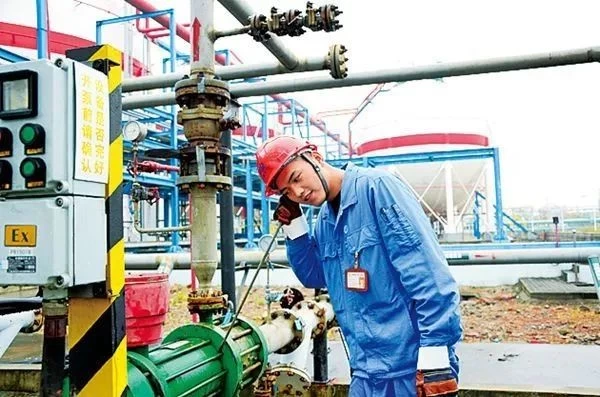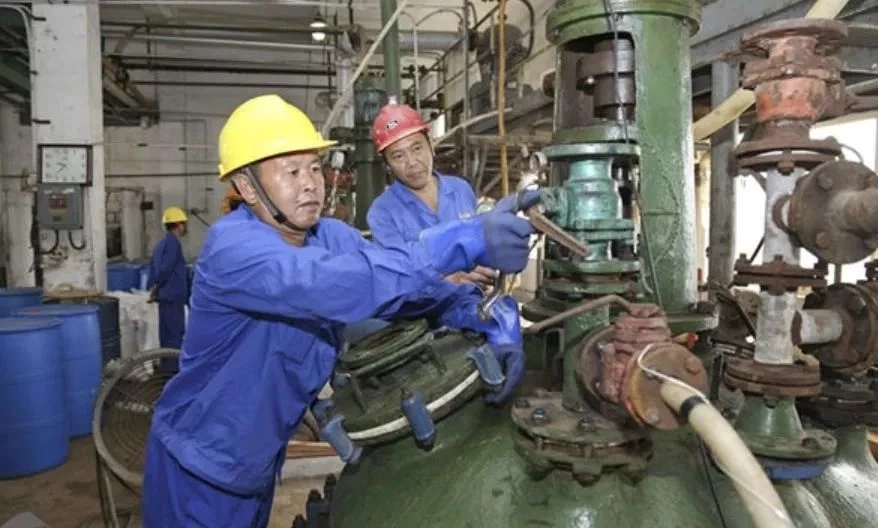Boiler Inspection
Boiler Inspection
Boiler inspection is the primary task to ensure the normal operation of boilers.
Cowinns can supply 1/2'' 1500LB forged gate valve and forged valves for boilers application.Below is an introduction to some common knowledge about boiler inspections that we want to share.

1. What is the purpose of inspections?
The purpose is to detect abnormal conditions of equipment in a timely manner, avoiding system shutdowns and accidents. In actual production, the requirements may vary due to differences in industries and processes. However, the general goal is to identify abnormalities in the production site and address them effectively. This includes equipment, pipelines, instruments, and control points, aiming to ensure stable production operations.
2. Qualifications required for inspection personnel:
First, inspectors must undergo systematic theoretical training and gain extensive on-site experience. This is especially challenging for personnel switching roles or those with a weaker foundation. Familiarity with system interconnections, sensitivity to process indicator changes, and an understanding of equipment operating conditions are all part of a gradual learning process. These are critical for future inspection work.
3. Responsibilities of inspection personnel:
With increasing automation, especially in continuous production lines, normal operations can often be monitored remotely. However, during system startups, shutdowns, or abnormal situations, manual intervention is required. For this reason, most organizations still designate on-site inspection personnel.

4. Inspection Requirements:
Establish and maintain a systematic routine inspection protocol with corresponding records.
During inspections, on-duty personnel should follow the “five senses” principle: listen, touch, check, observe, and smell.
Any leaks, spills, drips, or seepage in pipelines, equipment, valves, and flanges must be identified during inspections, resolved appropriately, and recorded.
Inspectors must follow safety regulations strictly during equipment inspections and maintain a high sense of responsibility.
5. How to conduct inspections:
Equipment failures typically follow a process of gradual change, progressing from normal conditions to potential hazards and finally to accidents. This transition from normal to hazardous involves accumulating minor issues, each with observable characteristics.
For instance, a high-pressure pipeline rupture is usually preceded by leakage and deformation, characterized by air leaks, shape changes, vibrations, abnormal noises, and progressively worsening conditions. If inspectors ignore these warning signs or fail to address them promptly, the pipeline may rupture, leading to an accident.
The primary focus of inspections is familiarity with production processes and an understanding of equipment. Regularly observe equipment usage and operating conditions on-site, adhere to operating procedures, and adopt a specific approach for each piece of equipment. Inspections should be thorough, involving frequent hands-on practice and thought to accumulate experience. While on duty, prioritize personal safety by wearing protective gear and maintaining regular communication with indoor teams.
For chemical plant equipment, inspections focus on identifying safety risks and hidden dangers, handling them promptly, and reporting as needed. Safety here encompasses three aspects: personal safety, equipment safety, and product safety.

6. Key Inspection Focus Areas:
Key equipment requires focused inspections.
Equipment with known defects requires extra attention.
Equipment operating under suboptimal conditions but not yet addressed must be monitored closely.
Equipment scheduled for maintenance should be inspected thoroughly.
The main inspection methods include visual observation, auditory checks, and tactile assessment:
Observation: Focuses on static equipment. Check temperature gauges, pressure gauges, and liquid level indicators for consistency with indoor readings, and monitor for leaks.
Auditory Checks: Focuses on moving equipment. Listen for abnormal noises, sharp friction sounds, or excessive vibrations.
Tactile Assessment: Check if the temperature exceeds safe limits.
 +86 512 68781993
+86 512 68781993 


















